The muscle car era is a defining chapter in American automotive history, marked by an unparalleled celebration of power, speed, and style. From the streets to the drag strips, these cars were more than just machines; they were symbols of freedom and rebellion. Here are ten iconic American cars that helped shape the muscle era, leaving an indelible mark on car culture and enthusiasts alike.
Ford Mustang (1964 ½)

The Ford Mustang set the stage for the muscle car phenomenon when it debuted in 1964. Its sleek design, affordability, and powerful V8 engine quickly captured the hearts of American drivers. The Mustang wasn’t just a car; it was a lifestyle statement, embodying the thrill of the open road and the spirit of the 60s.
The first-generation Mustang’s success was unprecedented, selling over a million units within its first two years. It inspired a wave of competitors, giving rise to the term “pony car” and cementing its place as a cultural icon. The Mustang’s influence remains strong, with modern iterations paying homage to its legendary roots.
Chevrolet Camaro (1967)

Introduced to compete directly with the Mustang, the Chevrolet Camaro made a bold entrance in 1967. With its aggressive styling and a variety of performance options, the Camaro quickly established itself as a formidable presence on the road. Chevy offered a range of models, from the base model to the high-performance Z/28, catering to a wide audience.
The Camaro’s influence extended beyond its performance. It became a symbol of the muscle car wars, a fierce competition that pushed automotive innovation and design to new heights. Its legacy continues to be celebrated, with the Camaro remaining a beloved choice among car enthusiasts.
Dodge Charger (1966)

Known for its bold design and powerful engines, the Dodge Charger roared onto the scene in 1966. The Charger’s full-size platform and aggressive styling made it an instant hit with muscle car fans. Its performance credentials were solidified with the introduction of the legendary 426 Hemi engine, which became synonymous with raw power.
The Charger gained further fame through its appearances in popular culture, most notably in the TV show “The Dukes of Hazzard.” Its combination of style, performance, and pop culture presence has helped the Charger maintain its status as a muscle car legend.
Pontiac GTO (1964)
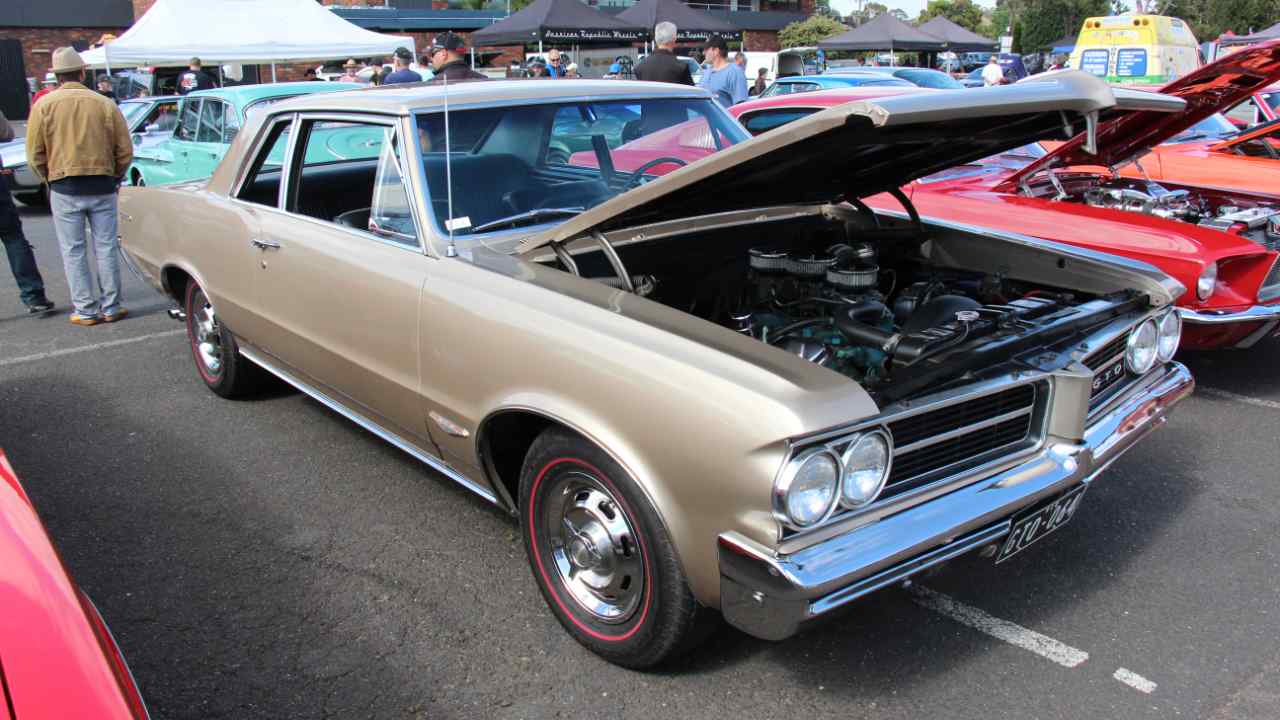
The Pontiac GTO is often credited as the car that ignited the muscle car era. Debuting in 1964, the GTO was the brainchild of Pontiac engineer John DeLorean and offered a formula that car enthusiasts couldn’t resist: a powerful V8 engine in a midsize body. It was a gamble that paid off, as the GTO quickly became a best-seller.
With its no-frills approach to performance and style, the GTO set the standard for what a muscle car should be. Its influence can be seen in the design and engineering of countless other muscle cars that followed in its tire tracks.
Plymouth Road Runner (1968)
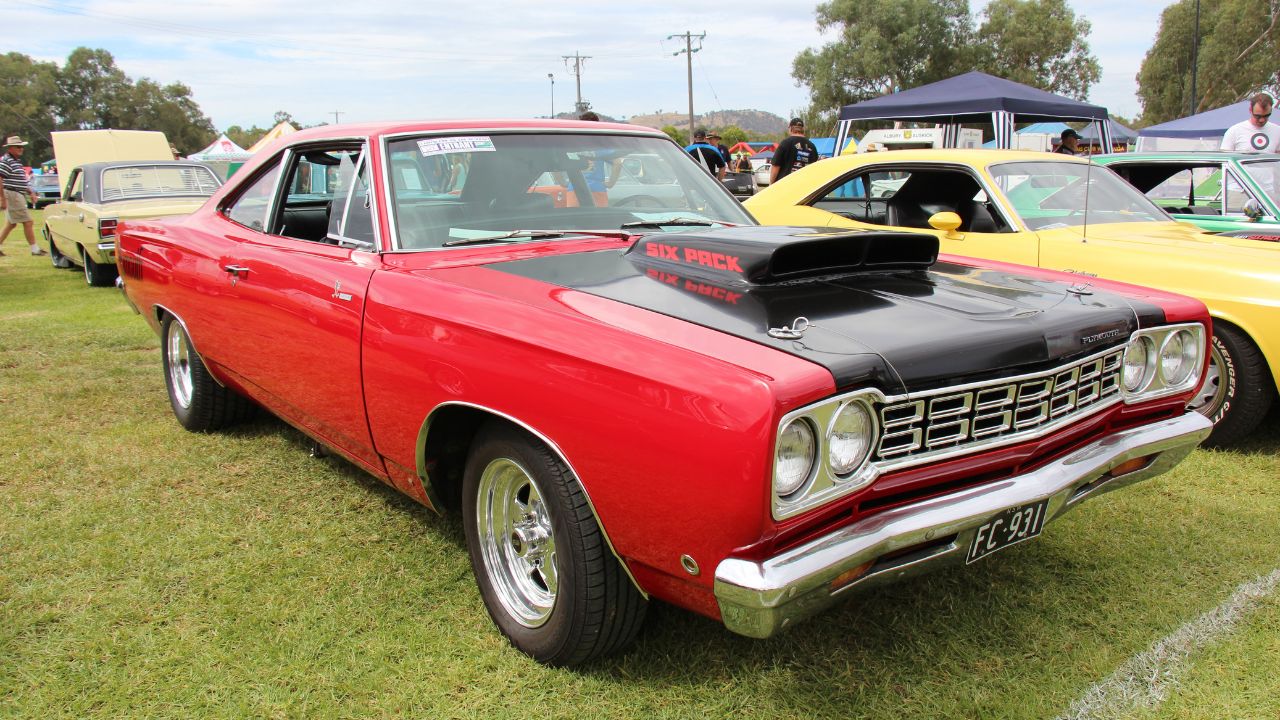
Introduced in 1968, the Plymouth Road Runner was a no-nonsense muscle car that focused on performance without breaking the bank. It featured a robust 383 cubic inch V8 engine and minimal luxury features, emphasizing speed and power over creature comforts.
The Road Runner’s unique marketing, including a licensing deal with Warner Bros. to use the cartoon character, helped it stand out in a crowded market. Its blend of affordability and performance made it a favorite among young drivers eager to make their mark on the road.
Chevrolet Chevelle SS (1966)
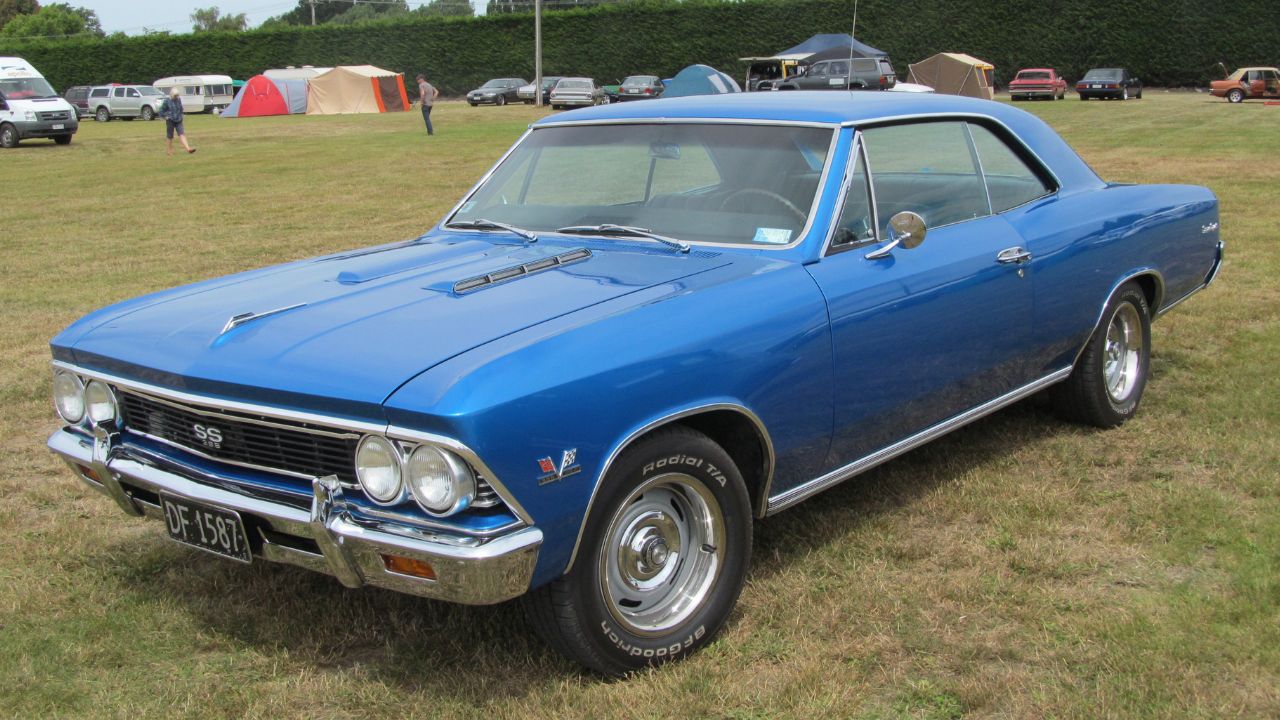
The Chevrolet Chevelle SS, introduced in 1966, became a staple of the muscle car scene with its menacing looks and powerful engine options. The Super Sport (SS) package transformed the Chevelle into a performance powerhouse, with options like the 396 cubic inch V8 that delivered impressive speed and acceleration.
The Chevelle SS’s combination of style, power, and versatility made it a popular choice for muscle car enthusiasts. It represented the epitome of American muscle, offering drivers the thrill of high-performance driving in a stylish package.
Dodge Challenger (1970)
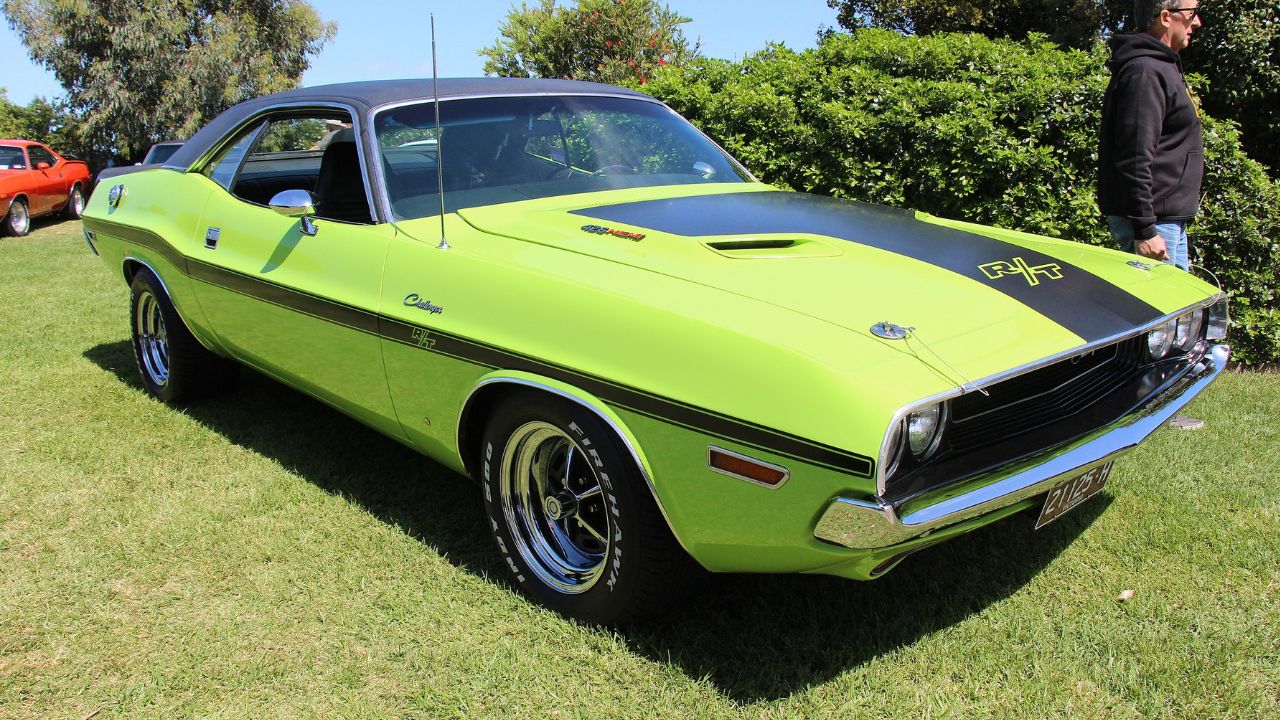
The Dodge Challenger arrived in 1970, bringing with it a bold design and a reputation for performance. With a range of potent engines, including the iconic Hemi V8, the Challenger quickly earned its place among the muscle car elite. Its aggressive styling and impressive power made it a standout choice for those seeking both speed and style.
Though its initial production run was short-lived, the Challenger left a lasting impact on the muscle car landscape. Its revival in the 21st century has only added to its legacy, ensuring that the Challenger remains a beloved symbol of American automotive prowess.
Oldsmobile 442 (1964)

The Oldsmobile 442 made its debut in 1964 as a performance package for the F-85 and Cutlass models. Its name, derived from its four-barrel carburetor, four-speed manual transmission, and dual exhausts, signified its performance-oriented nature. The 442 quickly gained a reputation for its balance of power and handling.
By the late 60s, the 442 had evolved into a standalone model, offering even more power and refinement. Its combination of performance and style helped it stand out in a crowded market, securing its place as a classic muscle car.
AMC Javelin (1968)
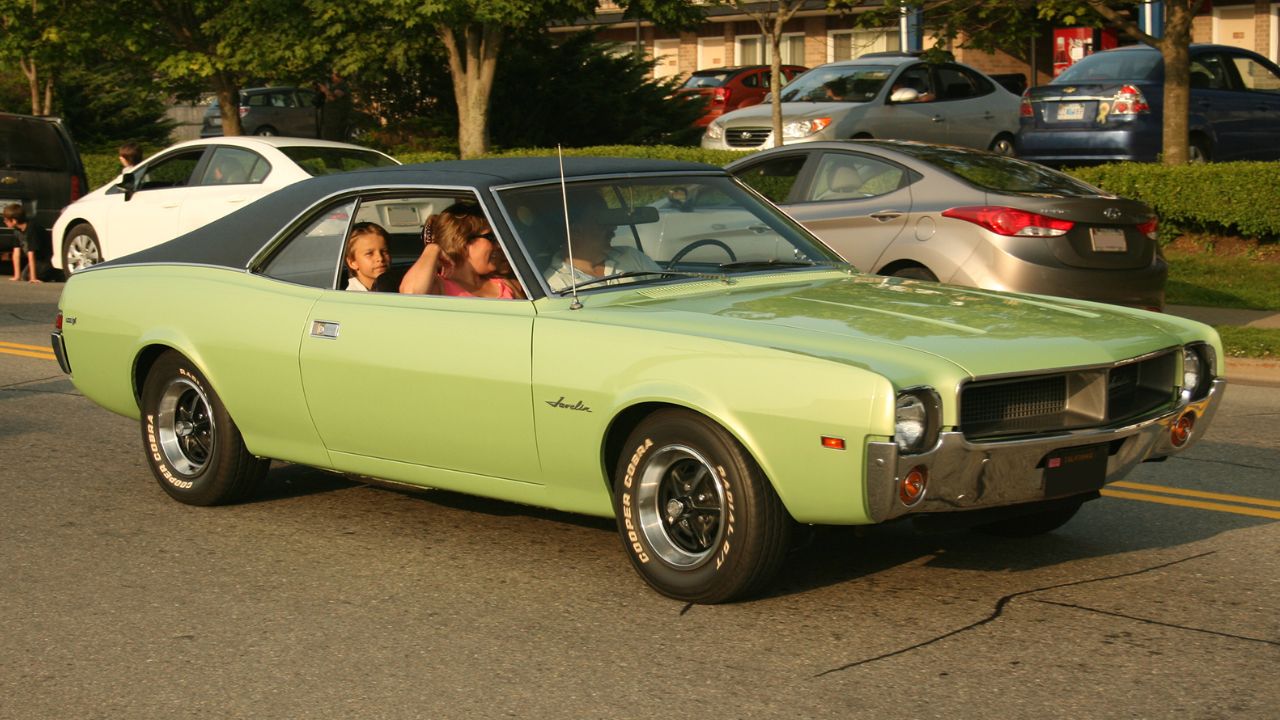
American Motors Corporation entered the muscle car fray with the introduction of the AMC Javelin in 1968. With its sleek design and competitive pricing, the Javelin offered a unique alternative to more established muscle cars. It was available with a variety of engine options, including a potent 390 cubic inch V8.
The Javelin’s racing success, particularly in the Trans-Am series, helped bolster its reputation as a performance car. Though sometimes overshadowed by its competitors, the Javelin remains a significant part of muscle car history, celebrated for its distinctive style and racing pedigree.
Buick GSX (1970)
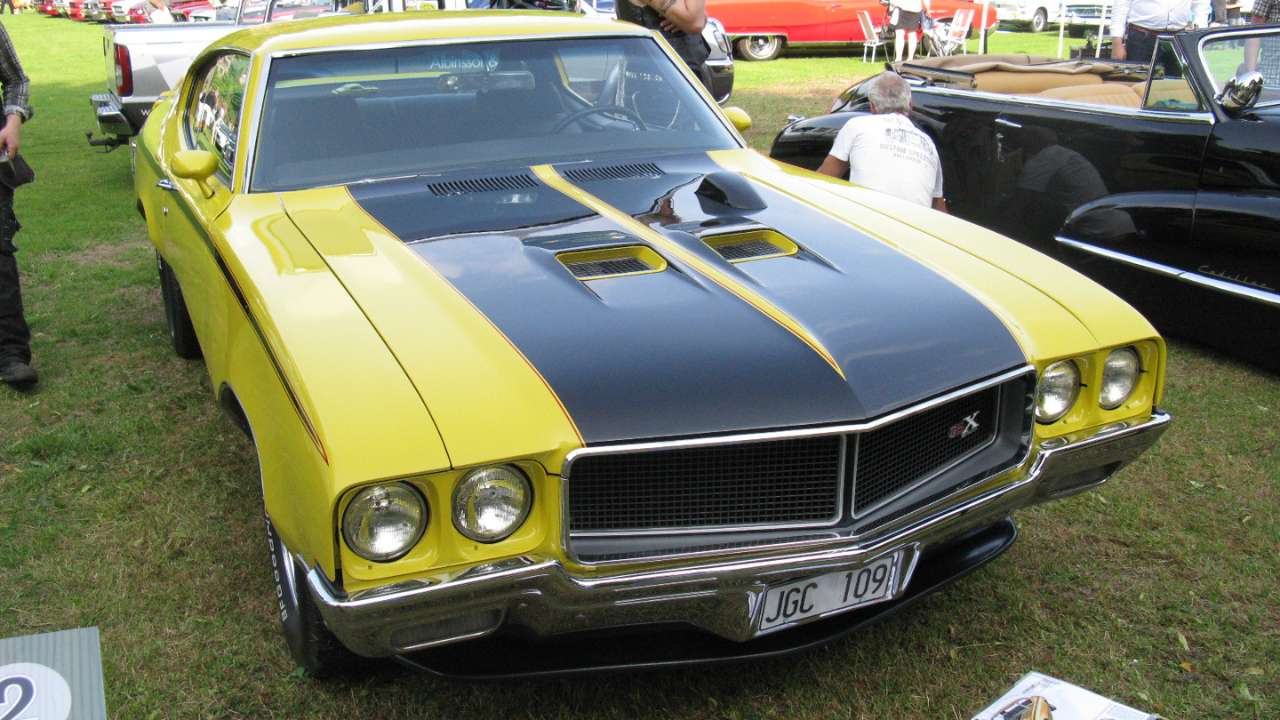
The Buick GSX, introduced in 1970, took the muscle car concept to new heights with its combination of luxury and performance. Based on the Skylark platform, the GSX offered a powerful 455 cubic inch V8 engine and a host of high-performance features. Its bold styling, including signature stripes and aggressive stance, set it apart from the competition.
Despite its relatively low production numbers, the GSX left a lasting impression on muscle car enthusiasts. Its blend of power, luxury, and exclusivity makes it a sought-after classic, embodying the pinnacle of Buick’s performance offerings during the muscle car era.
Like Fast Lane Only’s content? Be sure to follow us.
Here’s more from us:
*Created with AI assistance and editor review.



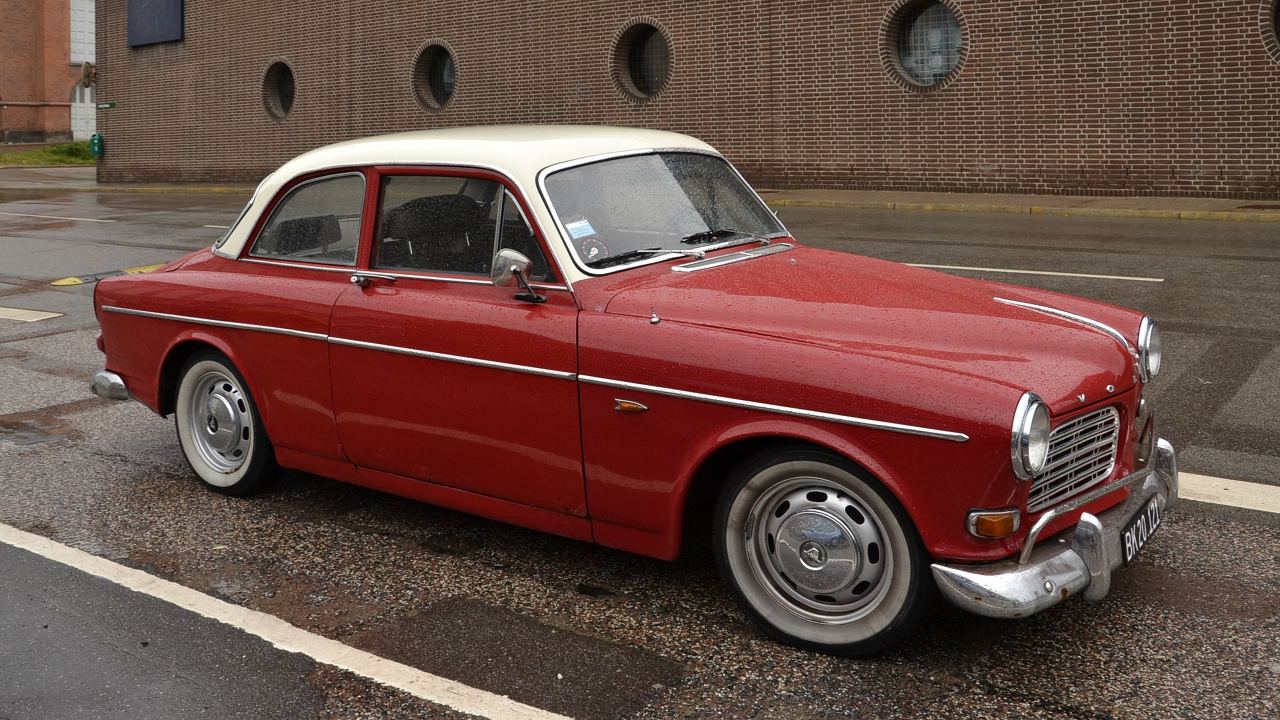



Leave a Reply